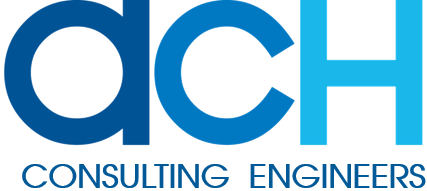soft solutions to hard engineering problems
Preseneted by Linda Norman of ACH Consulting for the NZ Stormwater Conference 2018
Urbanisation and infill development undermines the equilibrium of streams and natural wetlands. Streams receive greater flows resulting in destabilization of the banks and destroying habitat through increased sediment loads. Coastal wetlands suffer from sediment loading, increasing heavy metal input and further degrading habitat. The degraded ecosystems are at best a burden and long term a source of a myriad of risks.
A fresh approach to recover damaged ecosystems requires stewardship of streams and wetlands by territorial authorities, network providers and property owners. From the stewardship approach, the urban streams and wetlands become assets that not only convey water, but provide social benefits and serve as habitats to our native flora and fauna. This paper examines restoration of degraded wetland and stream environments where appropriate soft engineering solutions can revitalise these living systems bringing them back into equilibrium.
The majority of the natural streams in Auckland serve as part of the public stormwater network resulting in bank erosion, habitat loss and proliferation of pest species. During the March 2017 storms a 1.25 km creek in Howick experienced significant bank collapse which resulted in failure of a wastewater pipe bridge and loss of property along the riparian margins. Immediate remedial works resulted in a proposal for installing retaining walls along lengths of over steepened banks to protect private property and public assets. However, the project evolved and an opportunity arose to apply soft engineering solutions adding ecological value to the urbanised stream. The applied solutions included longitudinal stone toes with coconut matting wrapped soil embankments, cross vanes, ‘J’ vanes and root wads. The soft solutions within the stream restoration, creates habitat complexity, hydraulic diversity, and opportunities to restore native flora and fauna. Moreover the root wads and fabrics embankments will decompose over time allowing the restored riparian zone to function naturally.
Soft solutions can be applied to restoring both coastal and upland wetlands which are globally amongst the most threatened environments. Nearly 90% of NZ wetlands have been drained or filled resulting in reduced flood storage and localized flooding. Tawaipareire Wetland on Waiheke Island is amongst these. Located in the islands major industrial zone which includes an old land fill site, the wetland sits at the bottom of a 106 ha catchment. Much of the lower catchment floods frequently, introducing contaminates into the nearshore environment. A new open channel was designed to alleviate flooding. Added benefits were generated by including large rock spalls and intermittent planting of native salt marsh species, creating an ecological linkage between the mangrove area and the upland section of the wetland.


